Jóga ve tmě – rozhovor s Glynis Hull-Rochelle
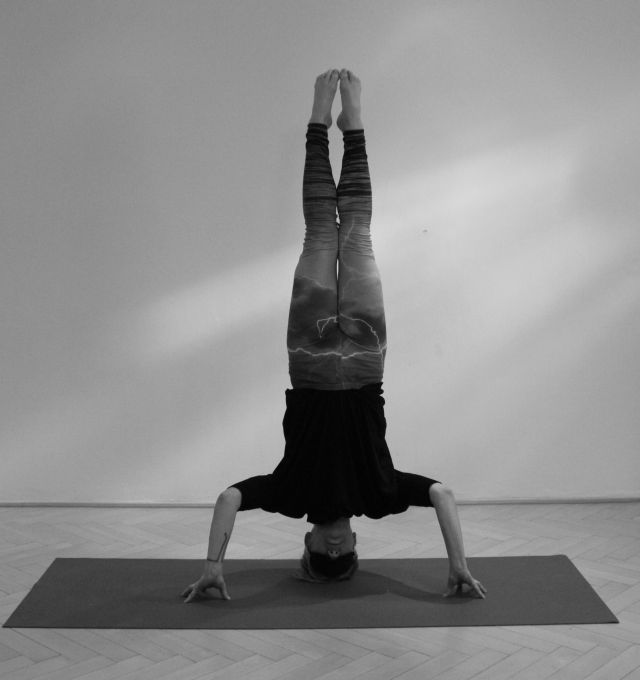
Jóga ve tmě tříbí naše smysly a vede nás do hlouběji svého nitra. Lekce ve tmě přináší nevšední zážitek, relaxaci a zlepšuje koncentraci. Kdo zažije jógovou praxi ve tmě, možná ho překvapí, jak dokáže prozářit smysly. Lekce je vhodná pro osoby s alespoň základní zkušeností s jógovou praxí a s sebou si si stačí kromě odhodlání přinést navíc snad jen šátek, který použijete přes oči. Více se dočtete v tomto rozhovoru s Glynis Hull-Rochelle.
1. Where did you first encountered the idea of yoga in the dark? What is it all about that amazed you so much?
For many years I have been interested in the healing power of darkness. My friends and family know me as a bat who prefers darkness over synthetic light. I can walk in the forest after midnight and feel a primordial safety, the darkness allowing me deeper connection to myself and nature. I have always meditated in darkness and often practice asana with my eyes closed. During my Iyengar teacher training and massage therapy studies in the early 2000s in San Francisco, I started practicing eye yoga and eye massage techniques, which improved my eyesight and concentration. I have worked a little bit teaching circus skills to visually-impaired people.
It is challenging and engaging to try to comprehend their perception, when we channel so much through our visual sense. Many questions arise when these two worlds collide: for instance, where and how does one locate one’s focus on a tightwire, if not through the eyes? We have to constantly be aware of the metaphors and images we use in our speech to present concepts; for instance, visually-impaired people have no frame of reference if I say, “try to walk like a penguin.”
So all in all, darkness is for me a fascinating topic on many levels. I am aware of the darkness retreats and cave meditations found in many spiritual systems, yet I have never met with yoga in the dark as a regular practice. Last year, I did a silent darkness retreat during which I felt experimental. Aside from simply immersing myself in the darkness and silence (which was quite intense on its own!), I was curious about other activities in that context – so I wrote, drew, danced, juggled, did handstands and acrobatics, and my asana practice.
It was hard for me to leave the dark cocoon, and I decided to create a dark yoga practice for myself in my everyday life, believing that even just an hour a day in conscious darkness could be beneficial to my health from every aspect. Now I want to share it with others! I have been working on a progressive series of asanas, in addition to integrating eye massage, eye yoga, mudras, mantras, meditation and pranayama. A Yoga in the Dark seminar of 2.5-3 hours will include most or all of these techniques, which students can bring home and utilize whenever they want.
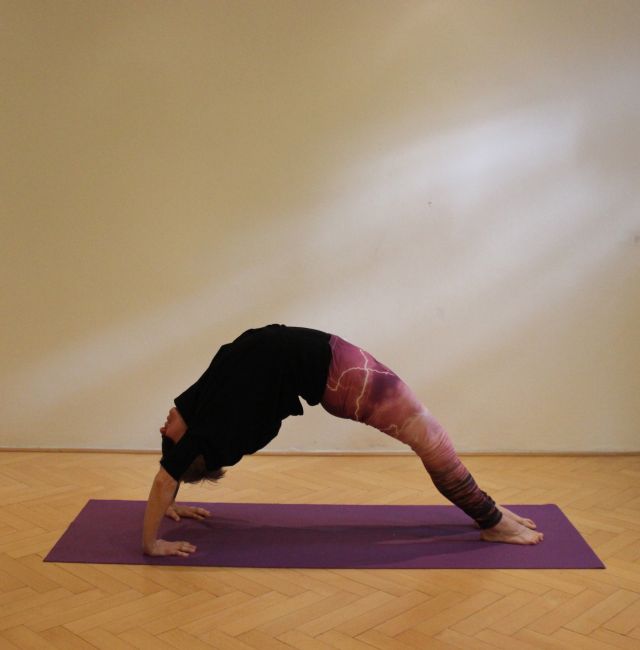
2. Most people have a respect for the dark and deliberately do not seek it.
Darkness is a situation in which you have very little other stimuli (in our case, sound is still present) and you have no choice but to meet yourself face to face. This can be incredibly difficult. We have a lot of fears of the dark. As a Montessori toddler teacher, I can confirm that fears can easily be passed down and habituated! It only takes a loving grandma to suggest innocently, “but you’ll be afraid all alone in the dark!” and the tiny child immediately begins to learn that darkness is dangerous. We hear that light is pure and clean, good, productive, weightless, bringing ease, intelligent, aware, and bringing us strength. Darkness, its opposite, is dirty, evil, heavy, lost or useless space, difficult, dull, a place for hiding, and could make us weak.
So – a fear of the dark could be learned, and perhaps we only need to play around with it to find some peace in it. It could also represent a fear of something inside us that we don’t feel ready to confront. Getting to know ourselves is key to growth. Fear can be a healthy signal for us to investigate further. We know that without darkness there can be no light. Many spiritual systems use the tool of darkness to discover our vast internal powers. Perhaps we can use it to overcome obstacles. There is a school of thought on mental hygiene advocating that darkness in itself is the prime condition for healing the mind — nothing else is needed for the body to recover than simply being in darkness for extended periods, ideally fasting (which is simultaneously believed to be the only factor needed to heal the body).
3. What is it that yoga in the dark is so special and why should people try? What can it give to them?
Yoga in the dark is a potent experience, but not the same as a conscious solo journey into a darkness retreat or even similar to spending an hour in a sensory deprivation tank. In the darkness retreat, one often loses track of time and can feel that time drags on forever, but at a yoga in the dark seminar, the students are there for a certain length of time and dedicate that time to a specific practice. And in contrast to the quiet aloneness of a darkness retreat, students are practicing together, which brings community and shared human understanding.
Students have reflected that they feel refreshed, mindful and aware after the seminar. “Doing Yoga in the Dark allowed my brain to totally switch off and be in the present, without any intrusive thoughts. When your sight is taken away, it opens up another sense inside you – an inner sight.”
4. What people should know before they decide to visit a special yoga workshop in the dark? Will they have to prepare?
Students should have comfortable clothing and bring an eye covering (blindfold or scarf) that completely shuts out all light. The most important thing is to be open to trusting the space and the other people in this unique experience. Sometimes this strongly internal practice can trigger a variety of emotions, all of which are welcome. We are here to create a safe environment for everyone and anything that may arise. You should also be aware that when we practice the asana part, we will definitely challenge our balance.
Patanjali’s Yoga Sutra says that when we find effortlessness in asana and can maintain our focus on the infinite, we will learn to disintegrate the world of opposites that keeps us away from our own true essence. Working on our balance in asana will help us manifest more balance in our daily lives, and vice versa!
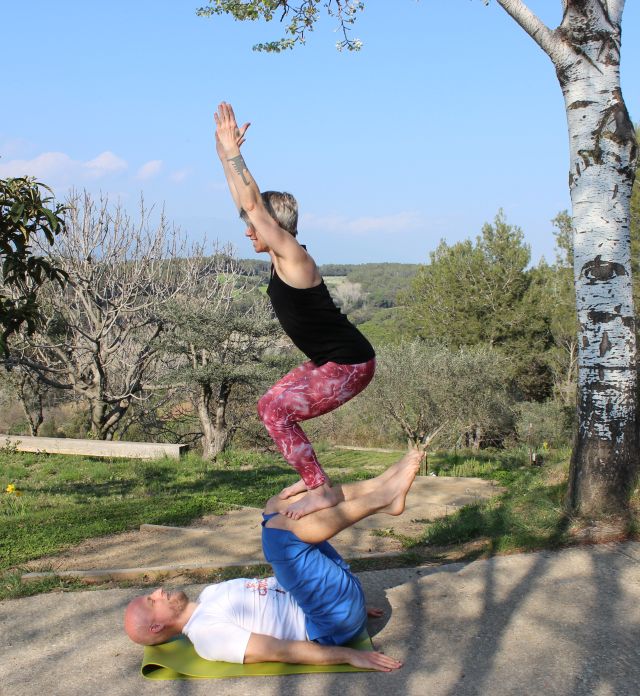
5. How long are you interested in yoga and what do you enjoy the most? Who inspires you?
I have been practicing yoga over 20 years. I am a person who needs a lot of movement and I also need a lot of quietude. So the intensities of acroyoga, ashtanga, yin yoga, pranayama and silent meditation all have a place in my life, with many other degrees in between. The philosophies and mythologies in the yogic tradition also grace us with narratives to help us fathom the meaning of the world and our existence. Yoga has transformed my inner life, helped me to fully inhabit my body and kept me healthy.
Many people inspire me, mainly all of the “regular people” around us who live authentically and bring beauty to the small things they do and depth in connection in their everyday lives. Those who try to live a little differently from the status quo and show that it can be done. This is the real practice of yoga. As far as yoga teaching goes, I am impressed with many people, from those who bring yoga to prisons to others who spend their lives studying the technical effects of yoga on the body, mind and spirit. I am enriched by the teachings of Leslie Kaminoff, who reminds us that without breath, nothing functions, and the approaches of Ramanand Patel and Faeq Biria, two of my extremely wise and challenging teachers in the USA, who always kept me learning with laughter, which in my mind is just as important as breathing!
Others have done important work adapting the ancient male-centered teachings to meet the needs of women. I think the most important thing, once we understand the basic science of yoga, is to understand how to apply it in our own lives and authentically follow our individual paths. Judith Hanson Lasater, founder of Yoga Journal, not only teaches yoga but puts Nonviolent Communication into life in her everyday speech. The world needs more of this!”
Jógu ve tmě můžete vyzkoušet na semináři 10.6. 2016 v YOGA & ART.
Komentáře (0)
06.05.2016 - 10:57
-
Články
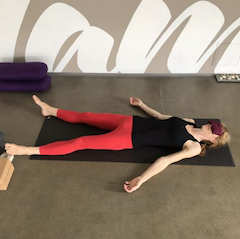 Savasana a její variace
Závěr jógové praxe by měl být věnován jedné z nejznámějších relaxačních pozic známé pod názvem –...
Savasana a její variace
Závěr jógové praxe by měl být věnován jedné z nejznámějších relaxačních pozic známé pod názvem –...
-
Články
 Chválit nebo nechválit jako učitel jógy
Občas učím učitele jógy a jednou se při této příležitosti se objevila otázka, jestli je dobré...
Chválit nebo nechválit jako učitel jógy
Občas učím učitele jógy a jednou se při této příležitosti se objevila otázka, jestli je dobré...
-
Doporučujeme
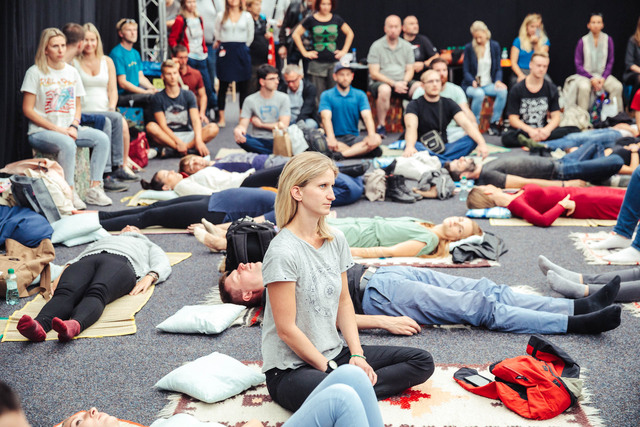 Festival Evolution ideálním místem pro příznivce jógy
Nezapomenutelná setkání, zkušené rady a inspiraci v oblasti zdravého životního stylu a rozvoje osobnosti nabídne jarní...
Festival Evolution ideálním místem pro příznivce jógy
Nezapomenutelná setkání, zkušené rady a inspiraci v oblasti zdravého životního stylu a rozvoje osobnosti nabídne jarní...
-
Doporučujeme
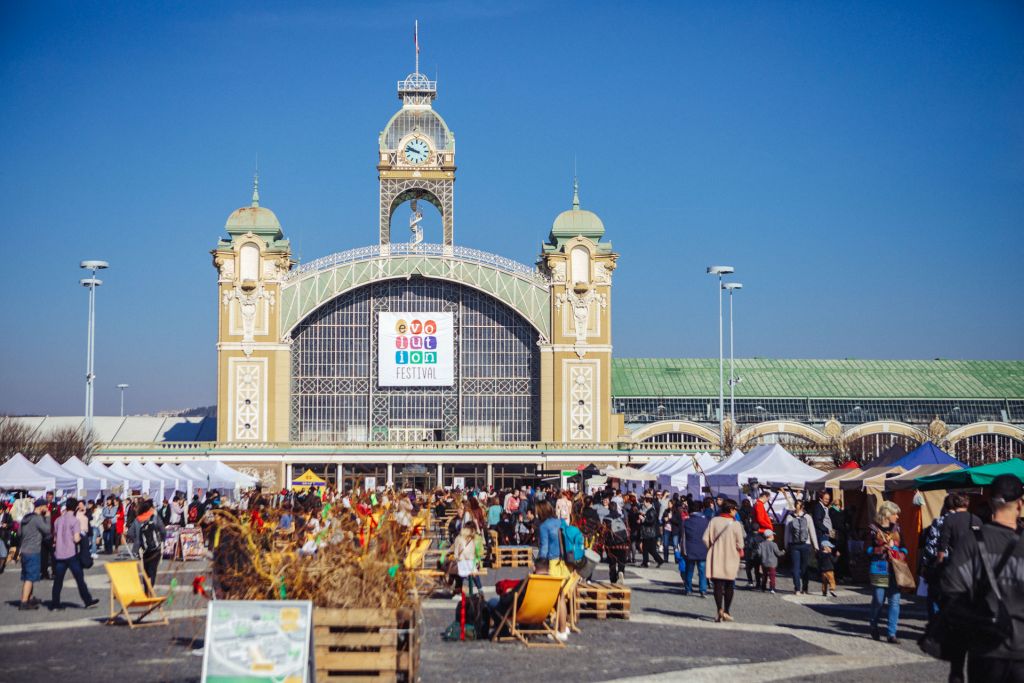 Zdravý životní styl má být radost, ne povinnost. Přijďte se inspirovat na Festival Evolution
Jak se stravujeme, odpočíváme, zda máme dostatek pohybu a jestli jsme spokojení, to jsou faktory, které...
Zdravý životní styl má být radost, ne povinnost. Přijďte se inspirovat na Festival Evolution
Jak se stravujeme, odpočíváme, zda máme dostatek pohybu a jestli jsme spokojení, to jsou faktory, které...
-
Meditace a relaxace
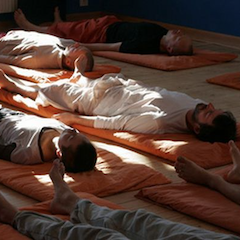 Jóga nidra – technika jogínů, se kterou můžete spát za plného vědomí
Pro většinu z nás platí, že když spíme, nevíme o světě. To se ale netýká pokročilých...
Jóga nidra – technika jogínů, se kterou můžete spát za plného vědomí
Pro většinu z nás platí, že když spíme, nevíme o světě. To se ale netýká pokročilých...
-
Doporučujeme
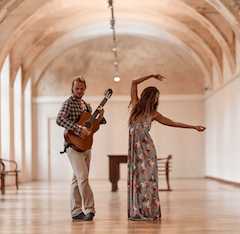 PROŽITKOVÁ JÓGA – sen poslední letní noci
Sen poslední letní noci – PROŽITKOVÁ JÓGA s hudbou ve Šternberském paláci 21. 9. Hned...
PROŽITKOVÁ JÓGA – sen poslední letní noci
Sen poslední letní noci – PROŽITKOVÁ JÓGA s hudbou ve Šternberském paláci 21. 9. Hned...
-
Blogy
 Meditace a jóga pomáhá na deprese i úzkosti
Meditace stejně jako jóga není obecně považována za hlavní lékařskou péči. Studie však zjistila, že meditace může...
Meditace a jóga pomáhá na deprese i úzkosti
Meditace stejně jako jóga není obecně považována za hlavní lékařskou péči. Studie však zjistila, že meditace může...
-
Doporučujeme
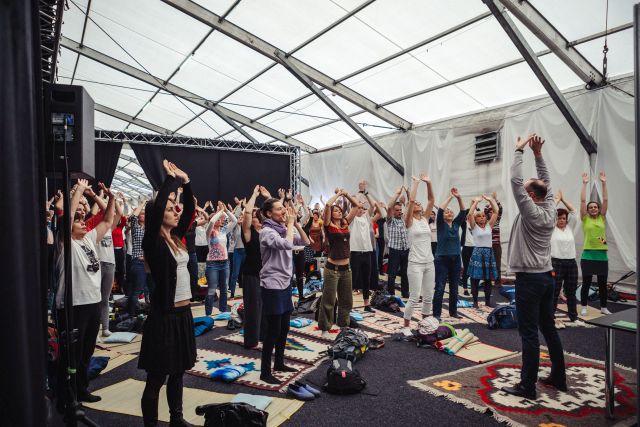 Festival Evolution – přijďte si užít víkend plný zdraví, krásy a inspirace
Víkend 17. – 19. září se Výstaviště v Praze Holešovicích opět stane centrem zdravého životního stylu. Není...
Festival Evolution – přijďte si užít víkend plný zdraví, krásy a inspirace
Víkend 17. – 19. září se Výstaviště v Praze Holešovicích opět stane centrem zdravého životního stylu. Není...
-
Nezařazené
 Přijďte si užít víkend plný zdraví, krásy a inspirace na Festival Evolution 2021
Víkend 17. – 19. září se Výstaviště v Praze Holešovicích opět stane centrem zdravého životního stylu. Není...
Přijďte si užít víkend plný zdraví, krásy a inspirace na Festival Evolution 2021
Víkend 17. – 19. září se Výstaviště v Praze Holešovicích opět stane centrem zdravého životního stylu. Není...
-
Doporučujeme
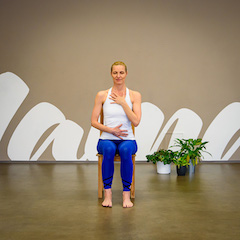 Jóga po covidu, (či home office a online škole)
Tento týden startuje Jógový speciál z dílny studia Jóga Poděbrady. Čtyřdílný seriál určený (nejen) pro rekonvalescenci...
Jóga po covidu, (či home office a online škole)
Tento týden startuje Jógový speciál z dílny studia Jóga Poděbrady. Čtyřdílný seriál určený (nejen) pro rekonvalescenci...
-
Doporučujeme
 Festival Evolution se v dubnu přesune do onlinu
9. a 10. dubna se bude konat tradiční Festival Evolution, a tentokrát naplní své heslo #prostejinak...
Festival Evolution se v dubnu přesune do onlinu
9. a 10. dubna se bude konat tradiční Festival Evolution, a tentokrát naplní své heslo #prostejinak...
-
Doporučujeme
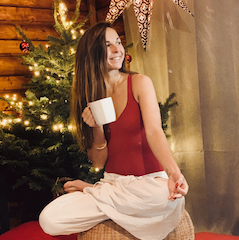 Vánoční jógový svařák – první festival nejen jógy přes Zoom
Webový server Moje Jóga, který přináší již šest let nejlepší jógové lektory k vám domů, pořádá první...
Vánoční jógový svařák – první festival nejen jógy přes Zoom
Webový server Moje Jóga, který přináší již šest let nejlepší jógové lektory k vám domů, pořádá první...
-
Doporučujeme
 Objev binchotan – první „plastic free“ filtr vody na světě s neuvěřitelnou silou
Zamysleli jste se někdy nad tím, jestli je pitná voda z našich kohoutků zároveň i zdravou vodou?...
Objev binchotan – první „plastic free“ filtr vody na světě s neuvěřitelnou silou
Zamysleli jste se někdy nad tím, jestli je pitná voda z našich kohoutků zároveň i zdravou vodou?...
-
Doporučujeme
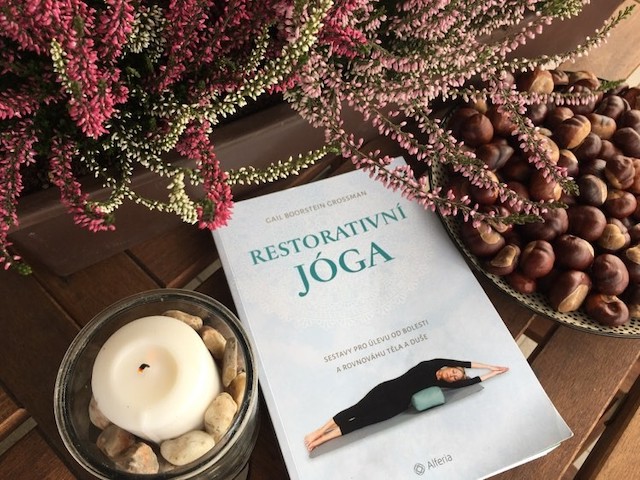 Kniha restorativní jógy konečně v češtině
Knihy ze světa restorativní jógy mohli všichni milovníci a učitelé restorativní jógy až donedávna číst hlavně...
Kniha restorativní jógy konečně v češtině
Knihy ze světa restorativní jógy mohli všichni milovníci a učitelé restorativní jógy až donedávna číst hlavně...
-
Doporučujeme
 Festival Evolution v září bude! Co si nenechat ujít?
Třetí víkend v září se na Výstavišti v Praze Holešovicích ponese v duchu zdravého životního stylu. Konat se...
Festival Evolution v září bude! Co si nenechat ujít?
Třetí víkend v září se na Výstavišti v Praze Holešovicích ponese v duchu zdravého životního stylu. Konat se...
-
Doporučujeme
 Jak na tu nejlepší péči o jógamatku
Podložka na jógu nevyžaduje náročnou péči, ale rozhodně byste ji neměli zanedbat. Správnou údržbou zajistíte delší životnost...
Jak na tu nejlepší péči o jógamatku
Podložka na jógu nevyžaduje náročnou péči, ale rozhodně byste ji neměli zanedbat. Správnou údržbou zajistíte delší životnost...
-
Doporučujeme
 Festival Evolution ideálním místem pro příznivce jógy
Nezapomenutelná setkání, zkušené rady a inspiraci v oblasti zdravého životního stylu a rozvoje osobnosti nabídne jarní...
Festival Evolution ideálním místem pro příznivce jógy
Nezapomenutelná setkání, zkušené rady a inspiraci v oblasti zdravého životního stylu a rozvoje osobnosti nabídne jarní...
-
Doporučujeme
 Zdravý životní styl má být radost, ne povinnost. Přijďte se inspirovat na Festival Evolution
Jak se stravujeme, odpočíváme, zda máme dostatek pohybu a jestli jsme spokojení, to jsou faktory, které...
Zdravý životní styl má být radost, ne povinnost. Přijďte se inspirovat na Festival Evolution
Jak se stravujeme, odpočíváme, zda máme dostatek pohybu a jestli jsme spokojení, to jsou faktory, které...
-
Meditace a relaxace
 Jóga nidra – technika jogínů, se kterou můžete spát za plného vědomí
Pro většinu z nás platí, že když spíme, nevíme o světě. To se ale netýká pokročilých...
Jóga nidra – technika jogínů, se kterou můžete spát za plného vědomí
Pro většinu z nás platí, že když spíme, nevíme o světě. To se ale netýká pokročilých...
-
Doporučujeme
 PROŽITKOVÁ JÓGA – sen poslední letní noci
Sen poslední letní noci – PROŽITKOVÁ JÓGA s hudbou ve Šternberském paláci 21. 9. Hned...
PROŽITKOVÁ JÓGA – sen poslední letní noci
Sen poslední letní noci – PROŽITKOVÁ JÓGA s hudbou ve Šternberském paláci 21. 9. Hned...
-
Doporučujeme
 Festival Evolution – přijďte si užít víkend plný zdraví, krásy a inspirace
Víkend 17. – 19. září se Výstaviště v Praze Holešovicích opět stane centrem zdravého životního stylu. Není...
Festival Evolution – přijďte si užít víkend plný zdraví, krásy a inspirace
Víkend 17. – 19. září se Výstaviště v Praze Holešovicích opět stane centrem zdravého životního stylu. Není...
-
Nezařazené
 Přijďte si užít víkend plný zdraví, krásy a inspirace na Festival Evolution 2021
Víkend 17. – 19. září se Výstaviště v Praze Holešovicích opět stane centrem zdravého životního stylu. Není...
Přijďte si užít víkend plný zdraví, krásy a inspirace na Festival Evolution 2021
Víkend 17. – 19. září se Výstaviště v Praze Holešovicích opět stane centrem zdravého životního stylu. Není...
-
Doporučujeme
 Jóga po covidu, (či home office a online škole)
Tento týden startuje Jógový speciál z dílny studia Jóga Poděbrady. Čtyřdílný seriál určený (nejen) pro rekonvalescenci...
Jóga po covidu, (či home office a online škole)
Tento týden startuje Jógový speciál z dílny studia Jóga Poděbrady. Čtyřdílný seriál určený (nejen) pro rekonvalescenci...
-
Doporučujeme
 Festival Evolution se v dubnu přesune do onlinu
9. a 10. dubna se bude konat tradiční Festival Evolution, a tentokrát naplní své heslo #prostejinak...
Festival Evolution se v dubnu přesune do onlinu
9. a 10. dubna se bude konat tradiční Festival Evolution, a tentokrát naplní své heslo #prostejinak...
-
Doporučujeme
 Vánoční jógový svařák – první festival nejen jógy přes Zoom
Webový server Moje Jóga, který přináší již šest let nejlepší jógové lektory k vám domů, pořádá první...
Vánoční jógový svařák – první festival nejen jógy přes Zoom
Webový server Moje Jóga, který přináší již šest let nejlepší jógové lektory k vám domů, pořádá první...
-
Doporučujeme
 Objev binchotan – první „plastic free“ filtr vody na světě s neuvěřitelnou silou
Zamysleli jste se někdy nad tím, jestli je pitná voda z našich kohoutků zároveň i zdravou vodou?...
Objev binchotan – první „plastic free“ filtr vody na světě s neuvěřitelnou silou
Zamysleli jste se někdy nad tím, jestli je pitná voda z našich kohoutků zároveň i zdravou vodou?...
-
Doporučujeme
 Festival Evolution v září bude! Co si nenechat ujít?
Třetí víkend v září se na Výstavišti v Praze Holešovicích ponese v duchu zdravého životního stylu. Konat se...
Festival Evolution v září bude! Co si nenechat ujít?
Třetí víkend v září se na Výstavišti v Praze Holešovicích ponese v duchu zdravého životního stylu. Konat se...
-
Doporučujeme
 Jak na tu nejlepší péči o jógamatku
Podložka na jógu nevyžaduje náročnou péči, ale rozhodně byste ji neměli zanedbat. Správnou údržbou zajistíte delší životnost...
Jak na tu nejlepší péči o jógamatku
Podložka na jógu nevyžaduje náročnou péči, ale rozhodně byste ji neměli zanedbat. Správnou údržbou zajistíte delší životnost...
-
Doporučujeme
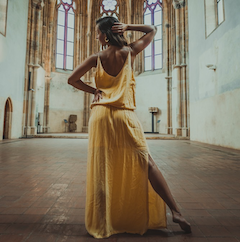 Jóga jako modlitba v Anežském klášteře
Praha v létě nabízí netušené zážitky. Jedním z nich je rozhodně výjimečný jógový večer v magické KAPLI sv. Salvátora...
Jóga jako modlitba v Anežském klášteře
Praha v létě nabízí netušené zážitky. Jedním z nich je rozhodně výjimečný jógový večer v magické KAPLI sv. Salvátora...
-
Inspirace
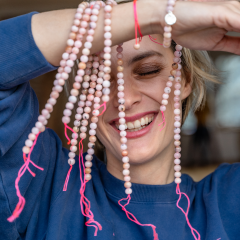 Podpořte děti z Klokánků: náramky a náhrdelníky s minerály od Báry Polákové
Nyní můžete nakoupit korálky známé herečky a zpěvačky Báry Polákové na portálu Slevomat.cz. Využijte této vyjímečné příležitosti,...
Podpořte děti z Klokánků: náramky a náhrdelníky s minerály od Báry Polákové
Nyní můžete nakoupit korálky známé herečky a zpěvačky Báry Polákové na portálu Slevomat.cz. Využijte této vyjímečné příležitosti,...
-
Doporučujeme
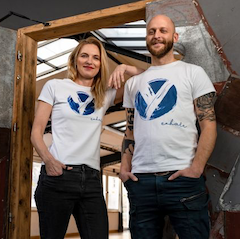 Podpořte děti z Klokánků: mikina, triko i tílko z jógové kolekce KlokArt
Majitelka úspěšného jógové studia Dana Beierová a designer Jan Šafařík jsou další dvojicí, která vytvořila motiv...
Podpořte děti z Klokánků: mikina, triko i tílko z jógové kolekce KlokArt
Majitelka úspěšného jógové studia Dana Beierová a designer Jan Šafařík jsou další dvojicí, která vytvořila motiv...
-
Doporučujeme
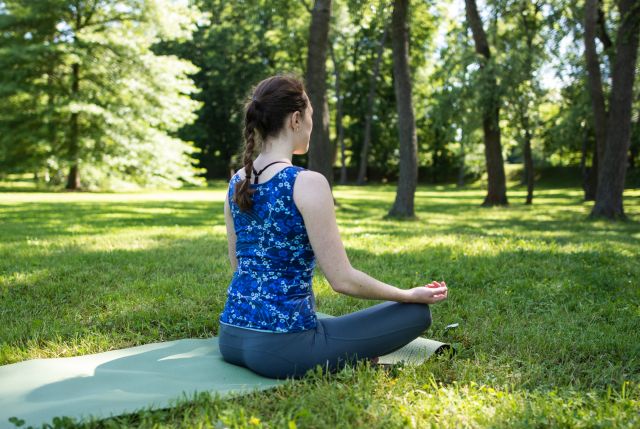 Blíž přírodě, blíž józe. Tipy, jak si vychutnat cvičení jógy venku
Cvičení jógy na čerstvém vzduchu může být osvěžujícím zážitkem, novým způsobem dobrodružství nebo každodenním rituálem, který...
Blíž přírodě, blíž józe. Tipy, jak si vychutnat cvičení jógy venku
Cvičení jógy na čerstvém vzduchu může být osvěžujícím zážitkem, novým způsobem dobrodružství nebo každodenním rituálem, který...
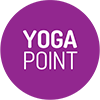



Komentáře